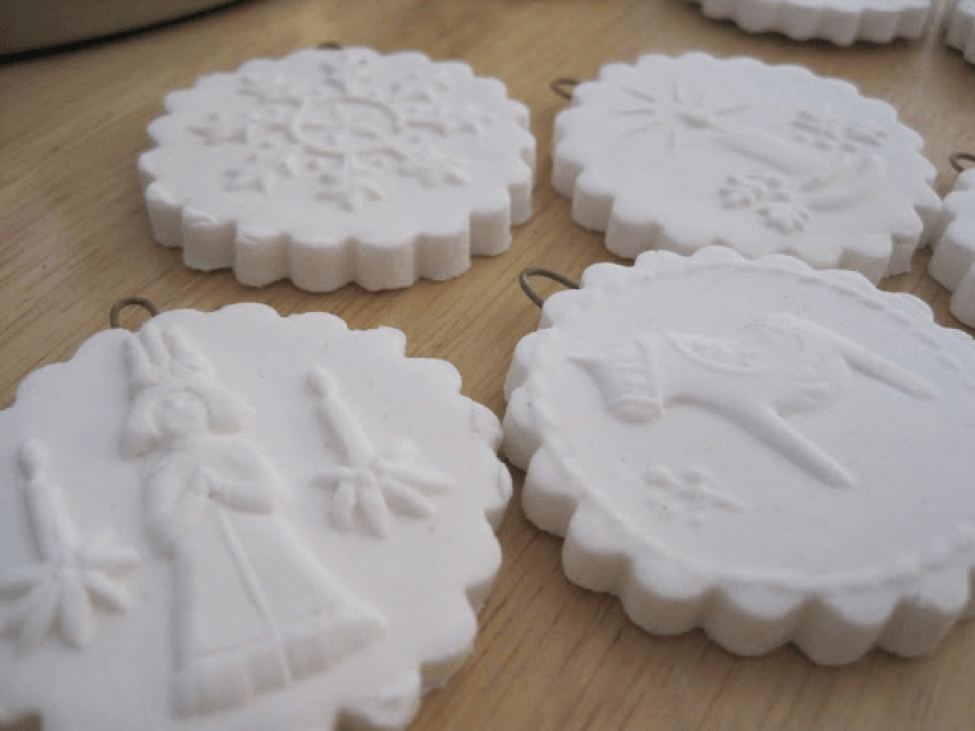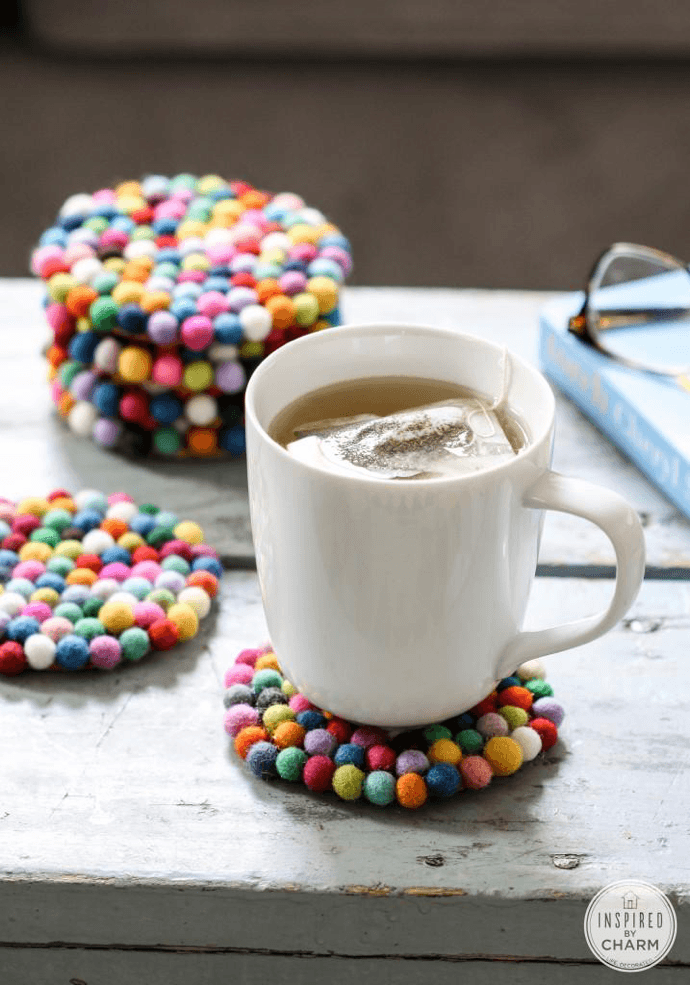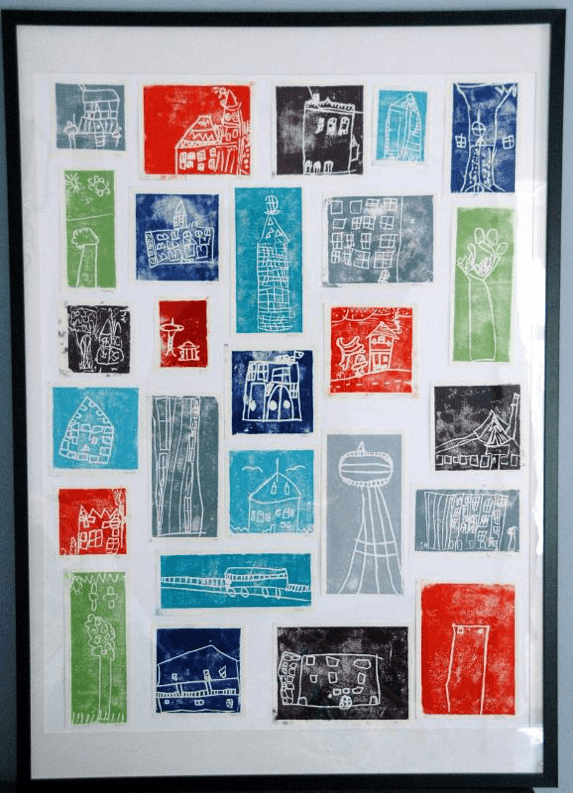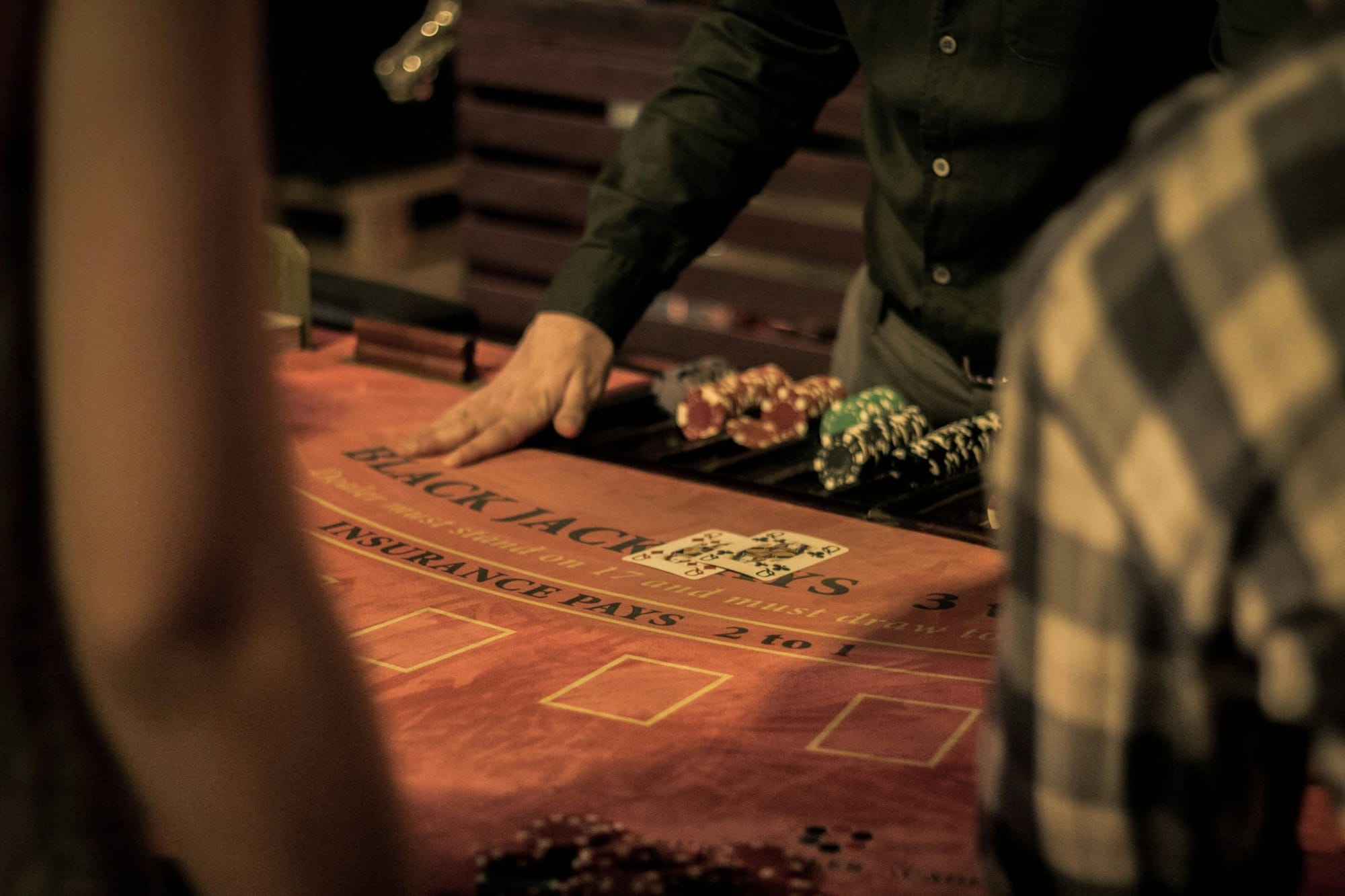It is time to grow beyond painted rock paper weights! Do some research, spend some time, and make the items useful, giftable, and unique. Classroom projects are perfect for in house silent auctions or online silent auctions.
Silent auctions are an excellent way for schools to raise funds. Including items made by the students is a good way to involve the community. If it is your first time holding an auction, consider investing in useful tools like silent auction software, which make it easier to organize, collect funds, and advertise your event.
Turn Student Projects Into School Support
You’ve got creative classroom items ready — now bring them to life. Launch your silent auction and give parents, teachers, and community members a chance to bid on these unique, heartfelt works.
Launch Your Silent Auction NowClassroom Projects for Silent Auctions
1. Cornstarch Ornaments
Have each child in a classroom make a cornstarch ornament for a holiday tree. Choose a theme like Disney, Christmas characters, flowers, or birds. Place them in a fancy box with fancy paper, and they make a beautiful silent auction item. We found the ones pictured below at the Pickled Herring blog.

2. Annual Calendar
Collect artwork that has been created throughout the school year. Scan these and use them as unique designs for each month of your yearly calendar. You can have several calendars available and print them out with VistaPrint or a similar service.
3. A CD of Student Music
Assign students in a music class 5 or so songs to learn and practice. They can play instruments or sing. Have their musical performance recorded on a CD. If there isn’t enough time to practice 5 songs, you can simply make it a school-wide project, and ask several classes or grade levels to contribute a song to the CD compilation. Like the calendars, you can sell several of these to your bidders or as a school wide fundraiser.
4. Cozy Coasters
This is a fun classroom project. Click the link for details on how to make the coasters. They are a unique gift students can make and donors will enjoy.

5. Classroom Cookbook
Have the class compile a cookbook that features the favorite recipes of each student. Every child must write his choice of recipe onto a piece of fancy paper or cardstock. Then embellish the page with pictures of the finished product. Don’t forget to let the child write his name on the card and perhaps even a brief message on why the food item is his favorite. For children who are too young to write or make fancy designs, you can interview them about their favorite food and research the recipe for each food. Having this printed out will give you the option to sell as many as you want.
Are You Holding an In-Person Auction?
Use our Silent Auction Bid Sheet Template to describe items and capture bids. Download Here
6. Chore Certificates
Ask children to volunteer to do chores and then auction off their donations in the form of gift certificates. The chores can include helpful activities like car washing, mowing the lawn, cleaning windows, babysitting, walking the dog and other errands. To add a creative touch, you can ask students to customize their own chore certificates. They can simply write the task they offer on the front of a card and their name. They can decorate and color it as they wish. Laminate the paper so that it looks more professional. Of course, an adult will go along to supervise.
7. Student Artwork
Art auctions are popular, and this type of event can be organized for the school. Collect pieces from different art classes throughout the school. These can include paintings, drawings and sculptures made by students for their art projects. Organize the activity so that it resembles an art exhibit. To make the items more interesting and unique, ask the students to write something about the masterpiece they created. We love this Block Painting example. Each student can design their own block.

8. Children’s Poetry Book
Collect student poetry and compile into a book with student artwork. Choose a theme and have the kids write about it. These make fun reads and, if done well, great coffee table books.
5 Bonus Classroom Projects for Silent Auctions
Not enough inspiration? Here are some bonus ideas:
- Decoupage art or magazine cutouts onto the backs of clear, flat glass pieces, then glue a magnet on the back
- Older kids can knit or crochet beverage coozies, hats, coasters and other useful small projects
- Use Sharpie to decorate plates
- Transfer kids' drawings to t-shirts and tea towels (obviously an adult needs to handle the iron)
- Older kids can create origami mobiles or individual ornaments
By offering students’ class projects instead of buying items to auction off, you will significantly reduce the costs of putting on the event. Plus, parents, family, and friends get unique items crafted by the kids they love.
Get Started on Your School Auction
We only get paid if you raise funds: start setting up your auction for free. List Your Items
Frequently Asked Questions
What makes a classroom project a strong silent auction item?
Projects that showcase student participation, have display appeal, and are easy to use or gift perform best—think collaborative art, keepsakes, or functional items with a sentimental twist.
What are the most popular classroom projects for silent auctions?
- Collaborative canvas (fingerprints, abstract color blocks, or silhouette scene).
- Class quilt with student-designed squares (fabric markers).
- Photo book of the year’s highlights with student quotes.
- Cookbook of family recipes and student illustrations.
- Custom calendar featuring monthly student artwork.
- Garden planter painted by the class with herbs/flowers.
- Decorated pottery set (mugs, platter, or tiles/coasters).
- Teacher-for-a-day or Principal-for-a-day experience (where permitted).
How do we match project types to grade levels?
- K–2: handprints, finger-paint canvases, simple stamped pottery.
- 3–5: photo books, calendars, mosaic tiles, planter boxes.
- Middle/High: woodshop builds, digital art prints, photography sets.
How far in advance should we start a classroom project for the auction?
- T-6 weeks: choose project, collect permissions/materials.
- T-4 weeks: student work sessions; capture photos.
- T-2 weeks: assemble/finish, photograph, and write description.
- T-1 week: display preview and promote to families.
What’s a reasonable budget and materials list? (General information)
$25–$150 covers most projects: canvas/frames, sealant, photo printing, fabric squares, planters/soil/paint, tiles/coasters, or a photobook service. Seek sponsor underwriting or in-kind donations. General information only.
Do we need permissions for student photos or names? (General information)
Follow school policies and obtain any required releases before using student images or names. When in doubt, use first-name initials or anonymous quotes. General information, not legal advice.
How should we display the project to attract higher bids?
- Frame or mount the piece and add a small easel if needed.
- Include a tasteful plaque: class, year, teacher, and brief story.
- Show close-up photos of student contributions.
What should the item description include to maximize bids?
- A benefit-led title (e.g., “Room 12 Masterpiece Canvas”).
- How students participated and any unique techniques.
- Dimensions, materials, care instructions, and pickup details.
How do we set starting bids and fair market value? (General information)
Start around 30–50% of estimated fair market value (materials + comparable retail). Keep increments simple and consider a Buy-It-Now for competitive classes. General information, not financial advice.
How do we run a collaborative canvas project without making a mess?
- Tape off sections or use stencils; one color family per session.
- Use quick-dry acrylics and seal with matte finish.
- Assign a “blend artist” to unify edges for a gallery look.
Any tips for a class quilt or fabric project on a tight timeline?
Use pre-cut squares and fabric markers; heat-set with an iron. Recruit a sewing-savvy parent to assemble. If time is short, mount squares in a frame instead of sewing.
What’s the easiest workflow for photo books or calendars?
- Gather best photos; ensure permissions.
- Use a template service; upload quotes/captions.
- Order 1 premium copy to auction; offer re-orders to families.
How do we make decorated pottery or tiles durable for long-term use?
Use paint/markers made for ceramics or glass and bake/cure per instructions. For tiles/coasters, seal and add cork backing. Include care notes (hand-wash recommended).
What should we include with garden planters or outdoor art pieces?
- Weather-resistant sealant and drainage holes.
- Plant care card and a bag of soil or seeds (if allowed).
- Handles or note about weight for safe transport.
Can we auction “teacher/ principal for a day” experiences? (General information)
Confirm district/school policies first, define clear parameters (date window, activities, chaperones), and provide permission forms if required. General information, not legal advice.
How do we promote classroom projects to maximize family bidding?
- Send a preview email with photos and a bidding link.
- Post sneak peeks on social and classroom newsletters.
- Use a “watchlist” reminder and a final-day countdown.
What’s the best way to package and hand off the winning item?
Provide a protective wrap/box, include care instructions and a thank-you card signed by the class, and specify pickup windows and location on the listing and receipt.
Should we create backups or offer reprints for high-demand items?
Yes—offer prints of canvases or additional photo books for fixed prices after the auction. Note this in the listing to encourage competitive bidding on the original.
How do we keep costs low while maintaining quality?
- Seek in-kind donations from crafts, print, or garden stores.
- Buy frames/planters in bulk; use coupons or school discounts.
- Choose one “hero” project per class to focus time and budget.
Do you have a quick checklist to finish our classroom project on time?
- Pick project + obtain any required permissions.
- Source materials; assign a parent lead and timeline.
- Schedule student work sessions; capture progress photos.
- Finish, seal, frame, and photograph the final piece.
- Write a compelling description; set start bid/increments.
- Promote to families; prep packaging and pickup details.
💡 Try this in ChatGPT
- Summarize the article "8 Classroom Projects for Silent Auctions to Fundraise for Your School" from https://ghost.charityauctionstoday.com/p/8-classroom-projects-for-silent-auctions/ in 3 bullet points for a board update.
- Turn the article "8 Classroom Projects for Silent Auctions to Fundraise for Your School" (https://ghost.charityauctionstoday.com/p/8-classroom-projects-for-silent-auctions/) into a 60-second talking script with one example and one CTA.
- Extract 5 SEO keywords and 3 internal link ideas from "8 Classroom Projects for Silent Auctions to Fundraise for Your School": https://ghost.charityauctionstoday.com/p/8-classroom-projects-for-silent-auctions/.
- Create 3 tweet ideas and a LinkedIn post that expand on this fundraising ideas topic using the article at https://ghost.charityauctionstoday.com/p/8-classroom-projects-for-silent-auctions/.
Tip: Paste the whole prompt (with the URL) so the AI can fetch context.
Tom Kelly
Tom Kelly is a nonprofit strategist, bestselling author of Million Dollar Nonprofit, and CEO of CharityAuctionsToday. Dedicated to helping organizations scale through AI and automation.
Table of contents
Create Your Auction
Raise 40% more with smart bidding tools






